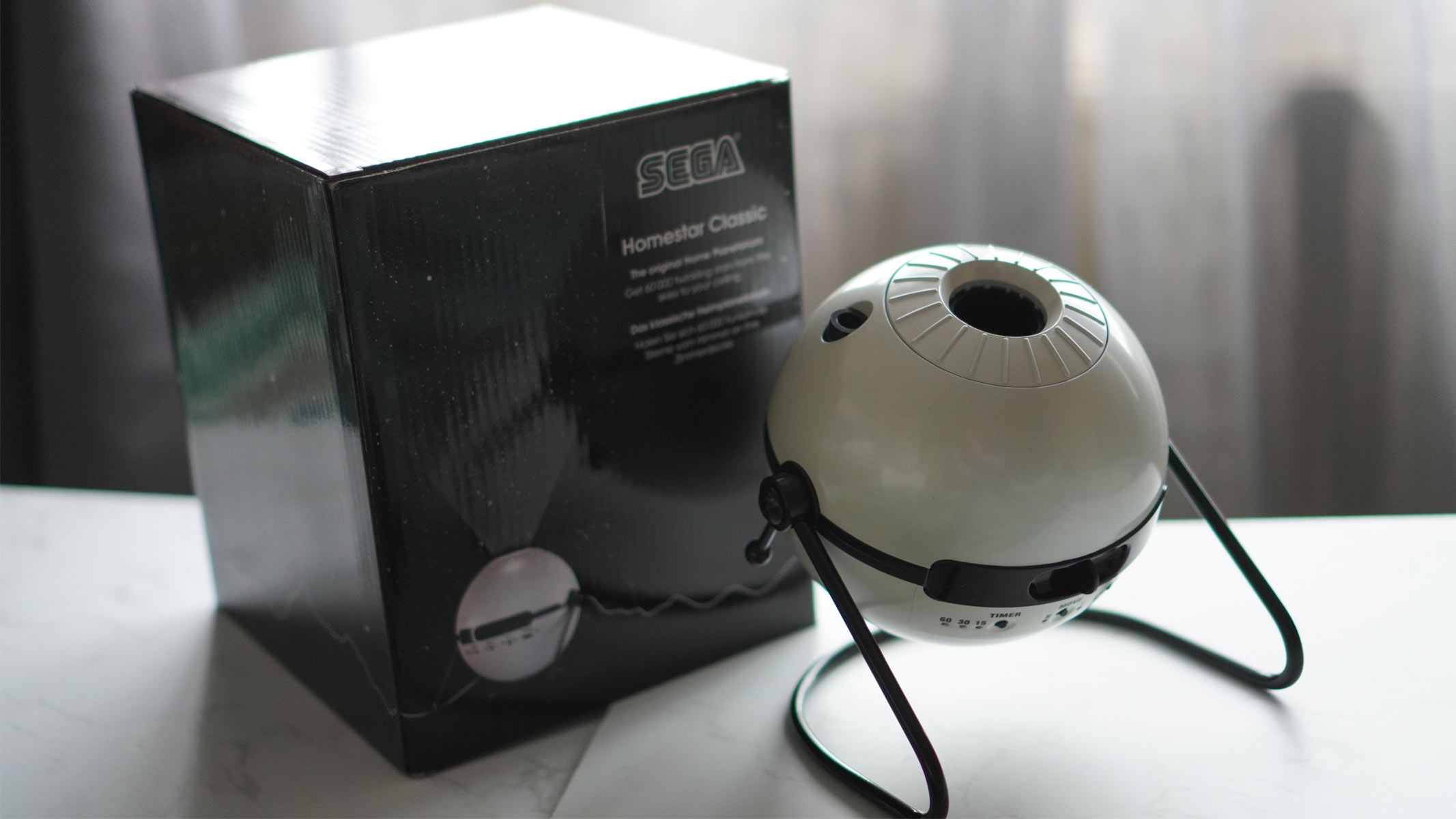SpaceX Crew-1 astronauts will return to Earth Sunday after weather delay
They'll splashdown in the darkness before dawn.

NASA and SpaceX have delayed the return to Earth for four astronauts on the Crew-1 mission to the International Space Station until Sunday (May 2) due to bad weather.
SpaceX's Crew-1 Dragon capsule and its crew of four were scheduled to undock from the station today (April 30) and splashdown just before midday on Saturday (May 1). Their departure had already been delayed from Wednesday (April 28) due to weather. The astronauts will now return on Sunday with a splashdown at 2:57 a.m. EDT (0657 GMT).
"Resilience will undock from the Harmony module’s space-facing international docking adapter during an automated maneuver on Saturday at 8:35 p.m. EDT," NASA officials said in a statement. "It will splashdown about six-and-a-half hours later in the Gulf of Mexico off the coast of Florida."
You can watch SpaceX's Crew-1 Dragon return to Earth here and on Space.com's homepage, courtesy of NASA TV. NASA will broadcast live coverage beginning at 6 p.m. EDT (2200 GMT) on Saturday.
In photos: SpaceX's Crew-1 mission to the International Space Station
There are 11 astronauts are currently on the space station, the highest number since the space shuttle era when up to 13 astronauts had to cohabit inside the orbital outpost, about the size of a five-bedroom home, during crew handovers.
The Crew-1 astronauts — NASA's Michael Hopkins, Victor Glover and Shannon Walker, and Japan's Soichi Noguchi — are wrapping up a six-month mission to the space station. With them are three members of the Soyuz MS-18 mission, American Mark Vande Hei and Roscosmos cosmonauts Oleg Novitskiy and Pyotr Dubrov, and the recently arrived Crew-2 consisting of Japan's Akihiko Hoshide, NASA’s Shane Kimbrough and Megan McArthur, and the European Space Agency astronaut Thomas Pesquet.
After the departure of Crew-1, Hoshide will lead the Expedition 65. He and the rest of the Crew-2 team will stay in space until October 2021.
Get the Space.com Newsletter
Breaking space news, the latest updates on rocket launches, skywatching events and more!
The crew members keep themselves busy inside the overcrowded space station with scientific experiments, lab maintenance and emergency gear training, NASA said in the statement. On Thursday, the crew collected urine samples and conducted experiments to study how space affects grip and movement. They also swapped fuel bottles supporting combustion experiments and installed new hardware to activate a high-performance space computer study.
NASA said some of the astronauts have had to find alternative sleeping arrangements as the space station currently only has seven proper crew quarters, or personal spaces for astronauts to sleep: four inside the U.S. Harmony Module, one in the European Columbus module, and two in the Russian module Zvezda.
Temporary "campout" locations for crew to sleep during handover periods can be located in the U.S. Quest airlock, the Japanese Kibo module, or in the docked spacecraft. Hopkins has slept inside the Crew-1 Dragon Resilience during his entire six-month stay aboard the station.
Follow Tereza Pultarova on Twitter @TerezaPultarova. Follow us on Twitter @Spacedotcom and on Facebook.
Join our Space Forums to keep talking space on the latest missions, night sky and more! And if you have a news tip, correction or comment, let us know at: community@space.com.

Tereza is a London-based science and technology journalist, aspiring fiction writer and amateur gymnast. Originally from Prague, the Czech Republic, she spent the first seven years of her career working as a reporter, script-writer and presenter for various TV programmes of the Czech Public Service Television. She later took a career break to pursue further education and added a Master's in Science from the International Space University, France, to her Bachelor's in Journalism and Master's in Cultural Anthropology from Prague's Charles University. She worked as a reporter at the Engineering and Technology magazine, freelanced for a range of publications including Live Science, Space.com, Professional Engineering, Via Satellite and Space News and served as a maternity cover science editor at the European Space Agency.
